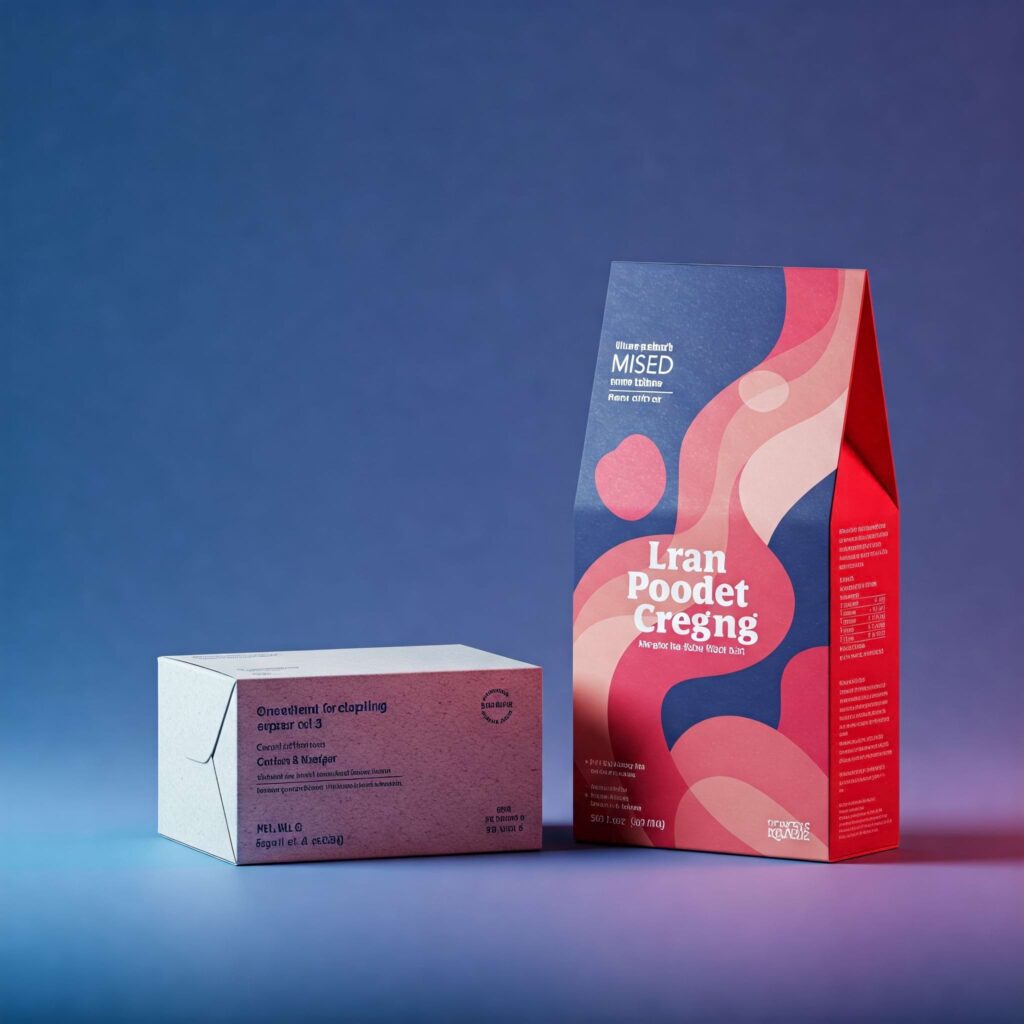
Multi-Layer Nylon and Its Applications is a type of composite plastic composed of several layers of different polymer materials. Due to its diverse layers, this type of nylon offers superior properties compared to single-layer nylon. It is primarily used in industrial and advanced packaging applications.
Unlike simple-structured plastics, multi-layer nylon is made up of various polymer layers, each serving a specific function. This combination results in high durability, increased longevity, enhanced protective properties, and good flexibility.
Knowing the differences between regular and reinforced nylon can help significantly in choosing the right product.
•Polyethylene (PE): Adds flexibility and transparency
•Polypropylene (PP): Improves mechanical strength
•EVOH (Ethylene-Vinyl Alcohol): Acts as a gas barrier and keeps contents fresh
•PET (Polyethylene Terephthalate): Resists heat and tensile stress
•PVC (Polyvinyl Chloride): Enhances mechanical strength and water resistance
•Greater resistance to tearing and puncture
•Prolongs shelf life of packaged food
•Prevents air and moisture from entering the packaging
•High resistance to heat and chemicals
•Allows for optimized and customized packaging designs
•Enhances transparency and visual appeal of packaging
One of the main applications is food packaging. These nylons are used to preserve freshness and prevent spoilage.
Examples:
•Packaging meat and poultry (oxygen barrier)
•Dairy packaging like cheese and milk
•Packaging nuts, legumes, and coffee for extended shelf life
•Frozen food packaging with low-temperature resistance
If you want to recognize high-quality nylon, we recommend reading about how to identify good-quality nylon.
Multi-layer nylon plays an important role in the packaging of medical and pharmaceutical products. It prevents moisture, bacteria, and contaminants from entering.
Examples:
•Packaging pills and capsules
•Packaging sterile medical tools like syringes and bandages
In various industries, multi-layer nylon is used to protect sensitive components and products from moisture and dust.
Examples:
•Packaging auto parts
•Greenhouse covers for temperature control and UV protection
•Packaging fertilizers and chemical pesticides with gas barrier properties
Due to its high resistance to impact, moisture, and heat, multi-layer nylon is widely used for packaging in these sectors.
Examples:
•Packaging electronic boards to prevent moisture penetration
•Covering auto parts to protect against shock and dust
Knowing the key differences between nylon and nylons can greatly guide your selection process.
•2 Layers: For general packaging with minimal protection needs
•3 Layers: Common in food and pharmaceutical industries
•5 Layers: More durable, ideal for gas and water-resistant packaging
•7+ Layers: Ultra-resistant, used in advanced fields like medical, aerospace, and specialized packaging
Thanks to the combination of multiple polymers, this nylon type offers more strength, durability, and functionality than single-layer nylon.
It has wide applications in food packaging, medical, automotive, and agricultural industries.
The number of layers can range from 2 to over 7, each suited for specific uses.
Compared to regular nylon, multi-layer nylon has a longer life and is ideal for preserving the quality of sensitive products.
If you have any questions about multi-layer nylon and its applications, feel free to contact us for more information.

Branding with Promotional Nylon and Plastic Bags Promotional Nylon and Plastic Bags and custom nylon and plastic bags are considered one of the ...

Selling Products with Proper Packaging Packaging is one of the most important factors in attracting customers and increasing product sales. Selling products with ...

Differences Between Plastic Bags Comparing T-shirt Bags, Handle Bags, Zipper Bags, and Freezer Bags Plastic bags are produced in various types, each with ...

Glossy and Matte Plastics One of the visual characteristics of plastics is the glossiness or matte finish of their surface. Some plastics have ...
info@znparsian.com